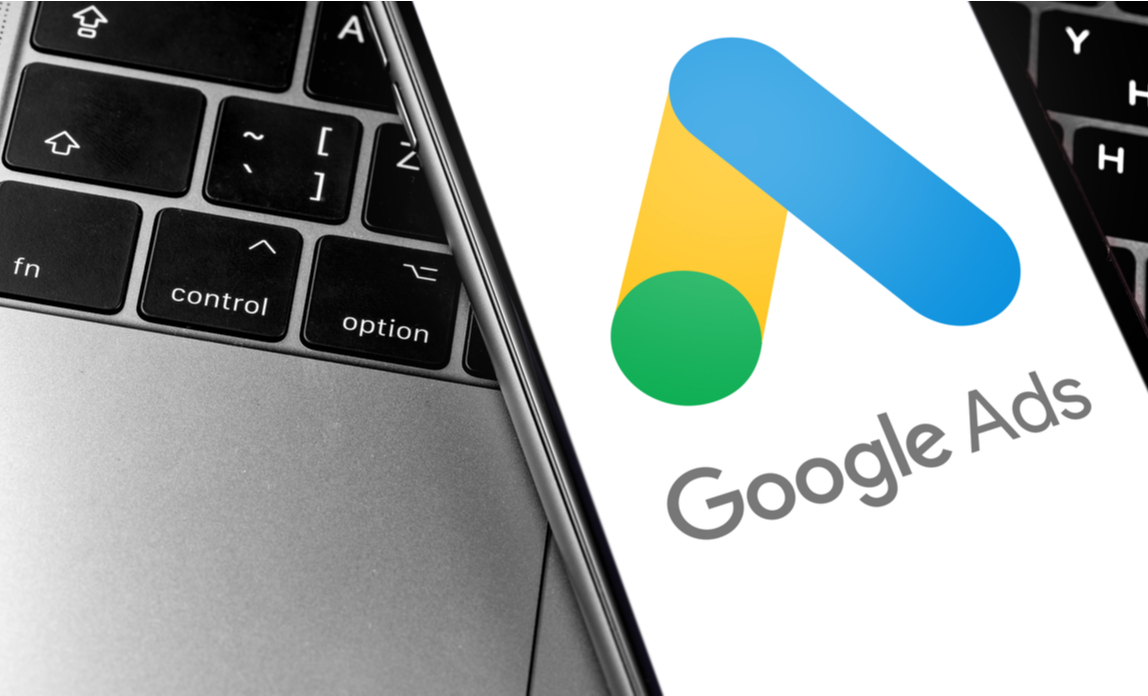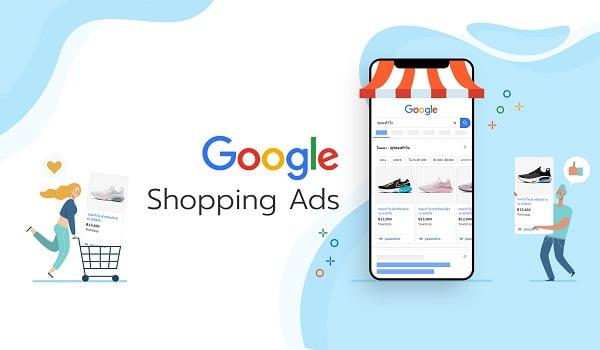
In 2021, Google announced that they are changing their Google Ads strategy from an audience expansion strategy to an optimized targeting strategy. These have raised many questions and confusion in the audience. To clarify that we have got you a complete guide for Google optimized targeting strategy and audience expansion strategy and how are they different from each other.
The basic difference in both is Google Ads optimized targeting focuses on live data from ongoing campaigns, whereas adding equal segments to existing ones is done through audience expansion.
What is Google Ads Optimized Targeting?
Google Ads Optimized Targeting is an advanced advertising feature that employs machine-learning algorithms to refine ad targeting. It analyses user behaviour, interests, and demographics to identify high-converting audiences. By optimizing targeting settings, advertisers can reach the most relevant users, increasing the chances of ad engagement and conversions.
What is Audience Expansion?
Audience Expansion is a Google Ads feature that aims to broaden the reach of your ads beyond your original target audience. It utilizes machine learning to identify and include additional users with characteristics similar to your existing high-performing audience. This helps advertisers reach untapped potential customers who share common interests and behaviors with their existing customer base.
What is the Difference between Google Ads Optimized Targeting and Audience Expansion?
While both features employ machine learning, the key difference lies in their objectives. Optimized Targeting focuses on refining the ad targeting to reach a highly specific audience with high conversion potential. On the other hand, Audience Expansion aims to broaden the ad’s reach by finding similar audiences and potential new customers.
How Does Google Ads Optimized Targeting and Audience Expansion Work?
Google Ads Optimized Targeting uses historical data and user behavior analysis to identify patterns, allowing it to target users who are most likely to convert. Audience Expansion leverages the same technology to identify characteristics of high-performing audiences and then extends the ad’s reach to similar users who are likely to respond positively to the ads.
When Should I Use Optimized Targeting in Google Ads?
Optimized Targeting is ideal when you have a specific target audience in mind and want to increase ad performance among those users. If you already have historical conversion data, this feature can refine your targeting and maximize ROI.
How Can I Tell if Audience Expansion Is On?
To check if Audience Expansion is active, navigate to your Google Ads campaign settings. Under the “Audiences” section, look for the “Expansion” option. If it’s enabled, Google Ads will automatically expand your audience to include similar users.
How Can I Disable Google Ads Optimized Targeting?
To disable Optimized Targeting, go to your Google Ads campaign settings. Under the “Locations” section, you’ll find the “Location options (advanced)” link. Click on it and select “Do not use optimized targeting.”
Is Google Ads Optimized Targeting Suitable for My Campaigns?
Google Ads Optimized Targeting is beneficial for most campaigns, especially when you have specific target audiences and historical conversion data. It helps optimize your ad delivery to reach the right users and boost performance. However, closely monitor its impact on your campaign and adjust settings if needed.
Get More from Your Google Ads Budget with OMR Digital!
OMR Digital is a trusted digital marketing agency that can help you leverage the full potential of Google Ads Optimized Targeting and Audience Expansion. With our expertise in data analysis and campaign optimization, we can ensure your ads reach the right audience, generate higher conversions, and maximize your advertising budget for optimal results.
All you need to do is Contact us today via email at info@omrdigital.com or via phone at +91 898-954-3589 and get the best out of your Google Ads budget.





















